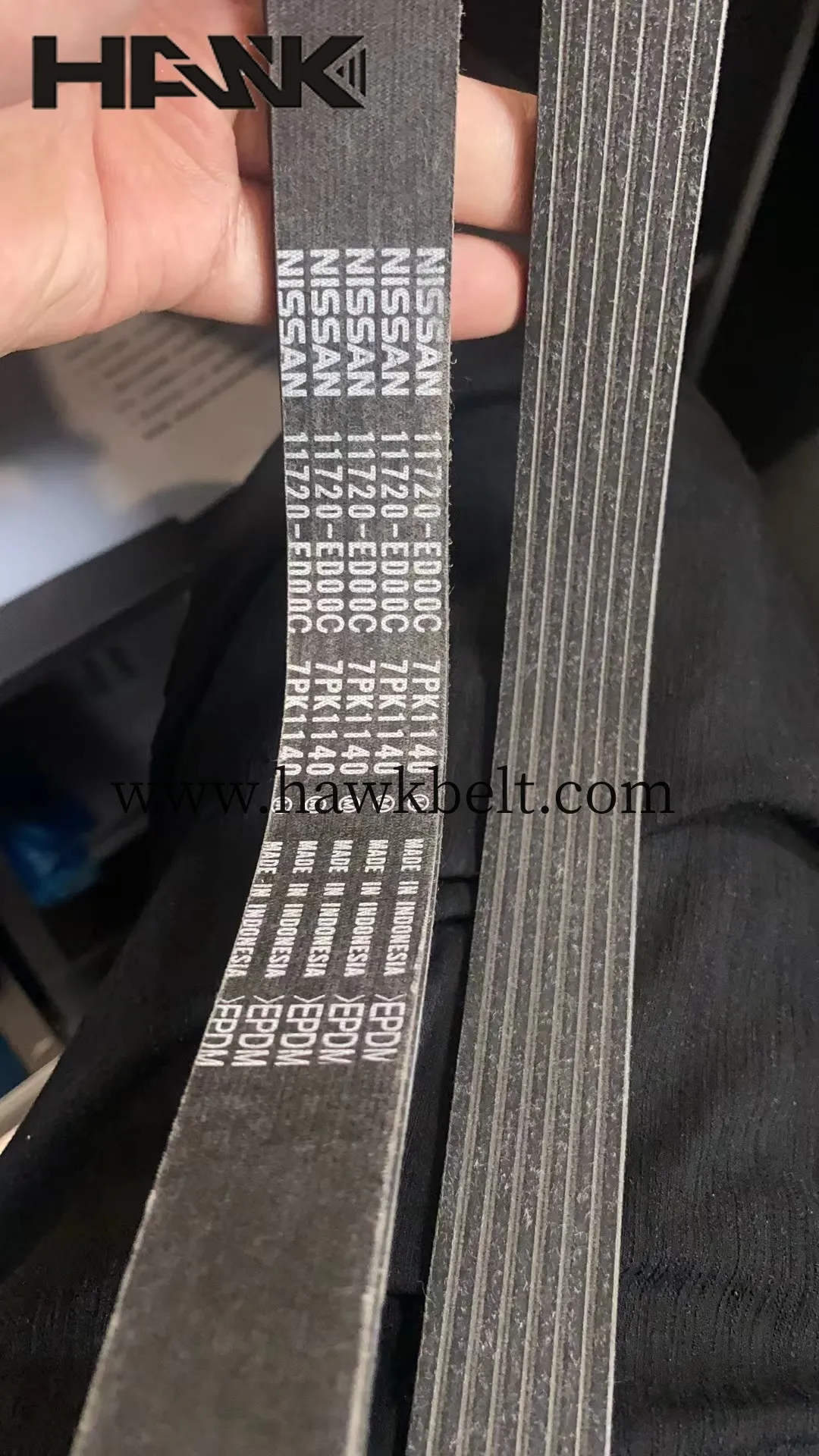- Arabic
- French
- Russian
- Spanish
- Portuguese
- Turkish
- Armenian
- English
- Albanian
- Amharic
- Azerbaijani
- Basque
- Belarusian
- Bengali
- Bosnian
- Bulgarian
- Catalan
- Cebuano
- Corsican
- Croatian
- Czech
- Danish
- Dutch
- Afrikaans
- Esperanto
- Estonian
- Finnish
- Frisian
- Galician
- Georgian
- German
- Greek
- Gujarati
- Haitian Creole
- hausa
- hawaiian
- Hebrew
- Hindi
- Miao
- Hungarian
- Icelandic
- igbo
- Indonesian
- irish
- Italian
- Japanese
- Javanese
- Kannada
- kazakh
- Khmer
- Rwandese
- Korean
- Kurdish
- Kyrgyz
- Lao
- Latin
- Latvian
- Lithuanian
- Luxembourgish
- Macedonian
- Malgashi
- Malay
- Malayalam
- Maltese
- Maori
- Marathi
- Mongolian
- Myanmar
- Nepali
- Norwegian
- Norwegian
- Occitan
- Pashto
- Persian
- Polish
- Punjabi
- Romanian
- Samoan
- Scottish Gaelic
- Serbian
- Sesotho
- Shona
- Sindhi
- Sinhala
- Slovak
- Slovenian
- Somali
- Sundanese
- Swahili
- Swedish
- Tagalog
- Tajik
- Tamil
- Tatar
- Telugu
- Thai
- Turkmen
- Ukrainian
- Urdu
- Uighur
- Uzbek
- Vietnamese
- Welsh
- Bantu
- Yiddish
- Yoruba
- Zulu
Dec . 06, 2024 05:09 Back to list
Understanding Interference Engines and the Importance of Timing Belt Maintenance for Performance
Understanding the Importance of Interference Engine Timing Belts
The automotive world is filled with intricate systems working in perfect harmony to ensure vehicles run smoothly and efficiently. Among these systems, the timing belt plays a critical role, particularly in engines classified as interference engines. Understanding the function and significance of timing belts in these engines is crucial for vehicle owners and enthusiasts alike.
What is an Interference Engine?
An interference engine is one in which the pistons and valves occupy the same space within the cylinder at different times. This means that if the timing of these components is off, a piston can collide with an open valve, leading to severe engine damage. In contrast, a non-interference engine design prevents such collisions due to the geometry and timing of the engine's moving parts.
The Role of the Timing Belt
The timing belt is a crucial component in both interference and non-interference engines. It synchronizes the rotation of the crankshaft and camshaft(s), ensuring that the engine valves open and close at the proper intervals concerning the position of the pistons. This timely coordination is especially critical in interference engines, where even a slight misalignment can lead to catastrophic failure.
Importance of Regular Maintenance
Due to the high stakes involved in interference engines, regular maintenance of the timing belt is vital. Timing belts are typically made of rubber with teeth that grip the gears of the crankshaft and camshaft. Over time, these belts can wear down, crack, or stretch. Manufacturers usually recommend replacing the timing belt every 60,000 to 100,000 miles, although this can vary based on engine type and driving conditions.
Neglecting to replace a worn or damaged timing belt can lead to it breaking, which in an interference engine, results in the pistons striking the valves. This not only necessitates costly repairs but can also necessitate a complete engine replacement in severe cases. Therefore, recognizing the signs of a failing timing belt — such as unusual noises from the engine compartment, engine misfires, or oil leaks — can literally save motorists from a world of trouble.
Signs of Timing Belt Failure
interference engine timing belt

In an interference engine, recognizing symptoms of timing belt failure is paramount
. Common signs include1. Engine Noises A ticking or slapping noise could indicate that the timing belt is loose or worn. 2. Difficulty Starting If the vehicle struggles to start, it may be due to a timing issue caused by a failing belt.
3. Oil Leaks Oil near the timing belt cover can be a sign of a deteriorating belt that may require replacement.
4. Check Engine Light Often, a malfunctioning timing belt can trigger the check engine light.
5. Vibration or Low Performance A worn timing belt can lead to performance issues or increased vibrations while driving, signaling that it may need attention.
Replacement Process
When it comes time to replace the timing belt, it is essential to follow the manufacturer's recommendations and have the work done by a trusted mechanic. The replacement process typically involves not only the belt itself but may also include adjacent components such as the water pump and tensioners. Since these parts are accessible during the timing belt replacement, it is often cost-effective to have them replaced simultaneously.
Conclusion
In summary, the timing belt is a vital component of an interference engine, requiring proper maintenance and timely replacement to avoid catastrophic failures. For vehicle owners, understanding the significance of the timing belt, recognizing the signs of wear, and adhering to replacement schedules can prevent costly repairs and ensure the longevity of their vehicles. A little preventive care goes a long way in keeping your engine healthy and your driving experience pleasant. Always consult your service manual or a professional mechanic to ensure your timing belt and the surrounding components are in optimal working condition.
-
23100-KVB-901 Drive Belt for Honda VARIO | OEM Performance
NewsAug.06,2025
-
Variable Belt Drive AI Optimized for Efficiency
NewsAug.05,2025
-
High-Quality Tensioner Belt Pulley - Durable & Efficient
NewsAug.03,2025
-
Premium Timing Belt Factory | AI-Optimized Solutions
NewsAug.02,2025
-
Heat Joining Drive Belt | High-Durability Fusion Solution
NewsJul.31,2025
-
Timing Belt Video Guide: Selection, Design & Quality Insights
NewsJul.30,2025

